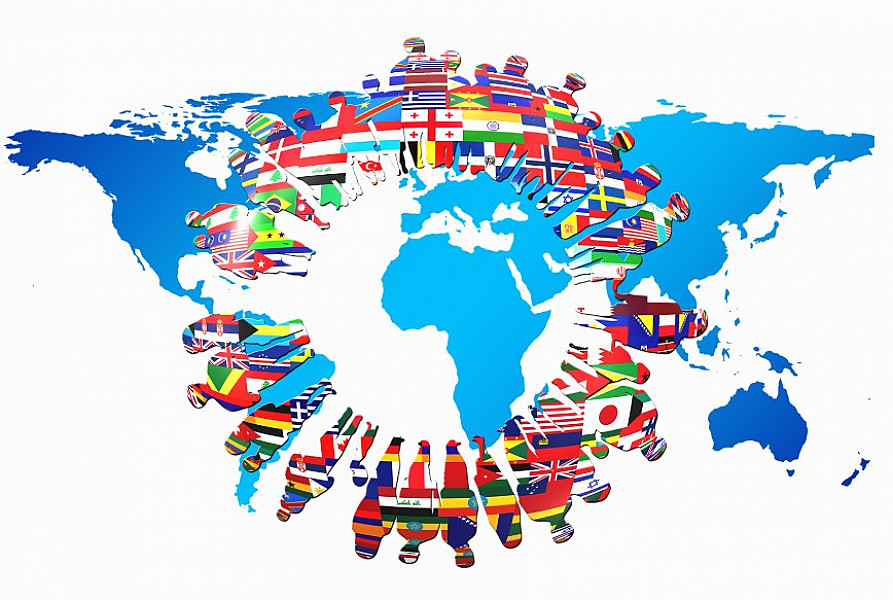In today's globalized world, high-end brands are constantly seeking opportunities to tap into the luxury market on an international scale. With the growing affluence of consumers in emerging economies and the increasing demand for luxury goods and services, it has become imperative for luxury brands to develop effective international marketing strategies. This article explores key strategies that can help high-end brands successfully enter and thrive in the luxury market across different countries and cultures.
The luxury market represents a highly lucrative segment with discerning customers who seek exclusivity, superior quality, and exceptional experiences. To tap into this market, high-end brands need to adopt comprehensive and tailored international marketing strategies that align with the specific needs and preferences of target consumers in different regions.
Understanding the Luxury Market
Before venturing into international markets, it is crucial for high-end brands to gain a deep understanding of the luxury market. This involves analyzing the purchasing power, cultural influences, and consumption patterns of target consumers. By identifying market trends and consumer behavior, brands can develop strategies that resonate with their target audience.
Conducting Market Research
Thorough market research is essential to determine the viability of entering a specific international market. It involves assessing factors such as market size, competition, consumer demographics, and local regulations. By conducting comprehensive research, brands can make informed decisions and tailor their marketing efforts accordingly.
Adapting Brand Messaging and Positioning
To effectively communicate with international audiences, high-end brands must adapt their brand messaging and positioning. This involves translating and localizing marketing materials, understanding cultural nuances, and conveying brand values that resonate with local consumers. By aligning their messaging with local sensibilities, brands can establish a stronger connection with their target market.
Building Partnerships and Collaborations
Collaborating with influential local partners can greatly enhance a brand's visibility and reputation in new markets. Forming strategic alliances with reputable retailers, luxury hotels, or cultural institutions can provide access to a wider audience and lend credibility to the brand. Such collaborations create synergistic opportunities to showcase products and services in a context that aligns with the target market's aspirations.
Leveraging Influencer Marketing
Influencer marketing has become a powerful tool for reaching luxury consumers. Identifying and partnering with influential individuals who align with the brand's values and target market can significantly boost brand awareness and credibility. By leveraging the reach and influence of these individuals, high-end brands can effectively engage with their desired audience.
Creating Exclusivity and Scarcity
Exclusivity and scarcity are fundamental drivers of desire within the luxury market. High-end brands can leverage this by creating limited editions, exclusive collaborations, or unique experiences. By offering limited availability, brands can generate a sense of urgency and desirability among consumers, driving both demand and brand loyalty.
Customizing the Customer Experience
To cater to the preferences and expectations of different international markets, luxury brands must customize the customer experience. This involves tailoring products, services, and interactions to reflect the local culture and preferences. By providing a personalized and immersive experience, brands can forge stronger connections and foster brand advocacy.
Localizing Product Offerings
Successful international marketing strategies for high-end brands often require the localization of product offerings. This includes adapting products to suit the unique tastes and preferences of local consumers. By understanding and responding to local demand, brands can effectively position themselves as desirable choices within the market.
Establishing Flagship Stores
Physical retail spaces serve as powerful brand ambassadors and experiential touchpoints for luxury brands. Establishing flagship stores in key international markets can enhance brand visibility, and credibility, and provide an immersive brand experience. These stores should be carefully designed to reflect the brand's values and aesthetics while embracing local cultural influences.
Embracing Digital Marketing Channels
In the digital era, high-end brands must leverage digital marketing channels to reach global consumers. This includes creating engaging and visually appealing content across social media platforms, optimizing websites for search engines, and implementing targeted digital advertising campaigns. By embracing digital marketing, luxury brands can extend their reach and engage with potential customers around the world.
Nurturing Customer Relationships
Building strong and lasting relationships with customers is vital for luxury brands. This involves providing exceptional customer service, personalized communication, and exclusive benefits. By nurturing these relationships, brands can create brand advocates who promote the brand through word-of-mouth and become loyal customers over time.
Monitoring and Analyzing Performance
Continuous monitoring and analysis of marketing efforts are essential to evaluate the effectiveness of international strategies. By tracking key performance indicators, such as sales growth, brand perception, and customer satisfaction, brands can identify areas of improvement and refine their strategies to achieve better results.
Ensuring Consistency and Authenticity
Consistency and authenticity are paramount for luxury brands operating in multiple markets. Brands must ensure that their brand values, product quality, and customer experience are consistent across all touchpoints. By delivering a consistent and authentic brand experience, luxury brands can build trust and loyalty among consumers.
Tapping into the luxury market on an international scale requires high-end brands to adopt strategic and tailored marketing approaches. By understanding the nuances of the luxury market, adapting brand messaging, leveraging partnerships and collaborations, customizing experiences, and embracing digital channels, brands can successfully establish their presence and thrive in new markets.
Entering the luxury market on an international scale requires careful planning, research, and implementation of effective marketing strategies. High-end brands must understand the unique preferences and demands of each target market and adapt their messaging, offerings, and experiences accordingly. By embracing the digital landscape, forming strategic partnerships, and nurturing customer relationships, luxury brands can position themselves for success in the global luxury market.






:strip_exif(true):strip_icc(true):no_upscale(true):quality(65)/cloudfront-us-east-1.images.arcpublishing.com/gmg/MGOPKQZ2QJC5ZBIZIJ45OJE3VE.jpg)


:strip_exif(true):strip_icc(true):no_upscale(true):quality(65)/cloudfront-us-east-1.images.arcpublishing.com/gmg/ZNDEDHWC3NDWJL7JPG25667QLY.jpg)
 English (US) ·
English (US) ·